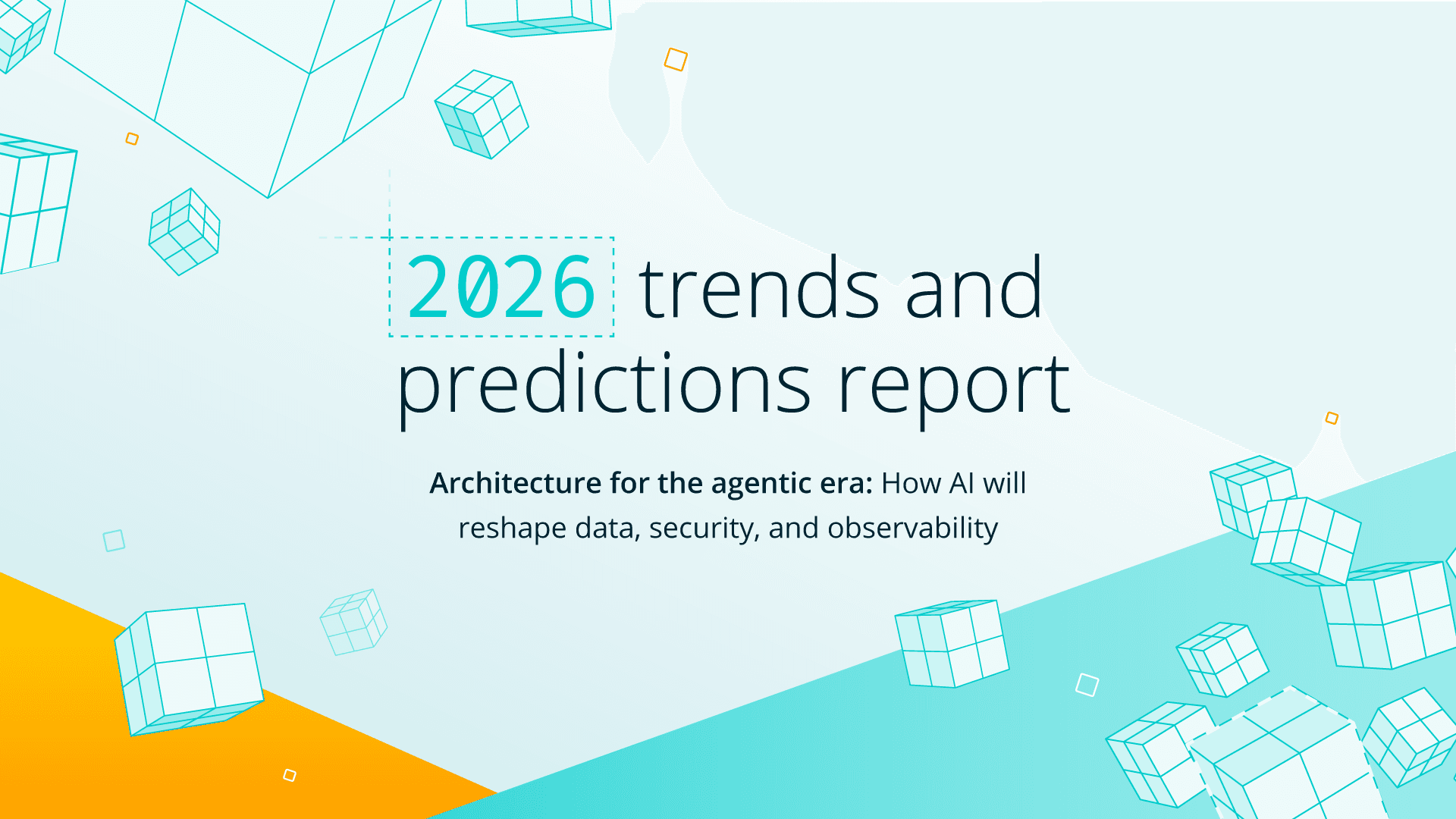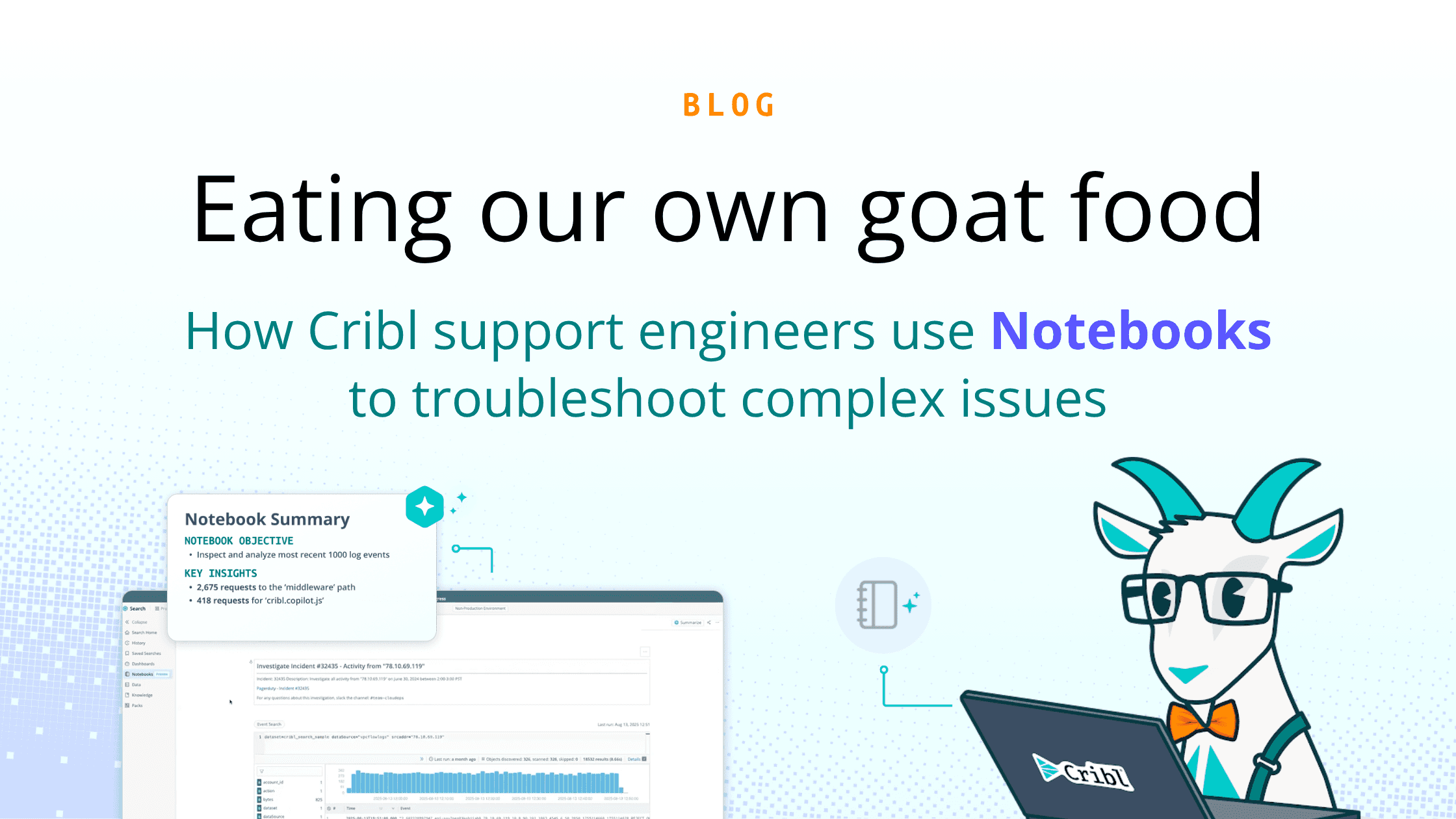If you asked your engineering team how well they can handle all of the security and observability data they’re managing, would you get a resounding “Yeah boss, we’re good to go!” in response? Possible, but unlikely. Chances are they feel like they’re stuck on a boat that’s taking on water, spending their day using tiny buckets to scoop some of it out, with no way to plug any of the leaks. Right now, so many everyday data collection and processing tasks are akin to walking across a pit of LEGOS to get anything done. Everything takes too much time and is too hard.
The Frustration is Real
A never-ending supply of data is dumped onto the plates of engineers constantly. It’s estimated that the amount of data they’ll need to manage will increase 250% in the 5 years from 2020 to 2025. A growing number of tools are also required to manage that increase, and handling all of them sucks.
As if the sheer quantity of data and management tools wasn’t enough, each application processes data in a different format, so integrations can be a nightmare. There may even be tools that your engineers would like to use, but they’d instead take the day off and go for a root canal than try to figure out how to integrate it to work with the existing system. It takes some serious time and energy to onboard new security tools, and chances are your team is lacking in both of those resources. For too many tools, the answer is to install more agents, and for every server admin, the answer is Hell No!
Sure, in theory, it’s possible to build your own solution. Still, a big project would require an enormous amount of engineering time to build — way more than onboarding an already existing tool, not to mention the constant maintenance it would take to keep it working seamlessly within your system. The big question is always where you want your limited engineering time spent. Do you want it spent on moving data around or advanced security and observability use cases that deliver serious business value? If your organization is like most, your engineers are barely hanging on and desperately need help.
The Tides Are Changing
The importance of having a happy team can’t be overstated. For a good reason, companies are focused on culture now more than ever. Engineers are some of the most likely employees to jump ship for other opportunities, so if they are stuck doing grunt work with no resolution in sight, it’s going to be hard to keep your talent. Let’s face it — your company can only go as far as your engineers are willing and able to build.
That’s why equipping them with the tools they need to stay engaged with their work could be the determining factor in the success or failure of your enterprise. An overworked, stressed-out team is less likely to be able to keep up with securing data but also more likely to make mistakes when handling it, putting the company at risk.
A Club You Don’t Want to Be A Part Of
Along with the rapidly growing data volume, compliance and regulations are becoming ever more prominent amongst discussions internally among legal and IT teams. It’s led to a perfect storm where data grows faster than teams can handle while regulators implement more data privacy regulations. This is causing even more frustration for engineers. These rules are expanding the scope of their jobs and making an already tough job even tougher.
Regulators aren’t concerned about your data problems when handing out fines for violations, either. Companies small and large across multiple verticals have been penalized since the laws began being enforced in 2018. These fines are not the first and probably won’t be the last. The frustration is real, and so are the consequences.
A Rising Tide Raises All Ships
Except for the ones with holes. Cribl Stream allows you to plug any leaks in your data management system and to get the most out of your logging and security tools. You can reduce the amount of data you have to store and manage and automate your security tools.
Stream is built around being customer first, with a powerful user experience — acting as a vendor agnostic, universal receiver and collector of log and metrics data. With Stream, you can retrieve, transform, analyze, and correlate data from any source and send it to any destination or multiple destinations without adding any tooling. Your team gets choice and control over all security and observability data, the flexibility to use any tool without deploying new agents, and simple testing, adding, and migrating to new tools by reusing existing collection infrastructure.
Put the Wind Back in Their Sails: Stopping
By integrating Cribl Stream, you can empower your engineering team and give them the tools they need to control the data they manage instead of having it control them. Help them navigate away from the frustration so that they can be excited again about their work. You’ll unlock the freedom to choose the best destinations based on the type of data while keeping your team compliant (when legal is happy, we’re all happy).
Ready to solve the problem? Try Cribl’s free, hosted Stream Sandbox. I’d love to hear your feedback; after you run through the sandbox, connect with me on LinkedIn, or join our Community Slack and let’s talk about your experience!







